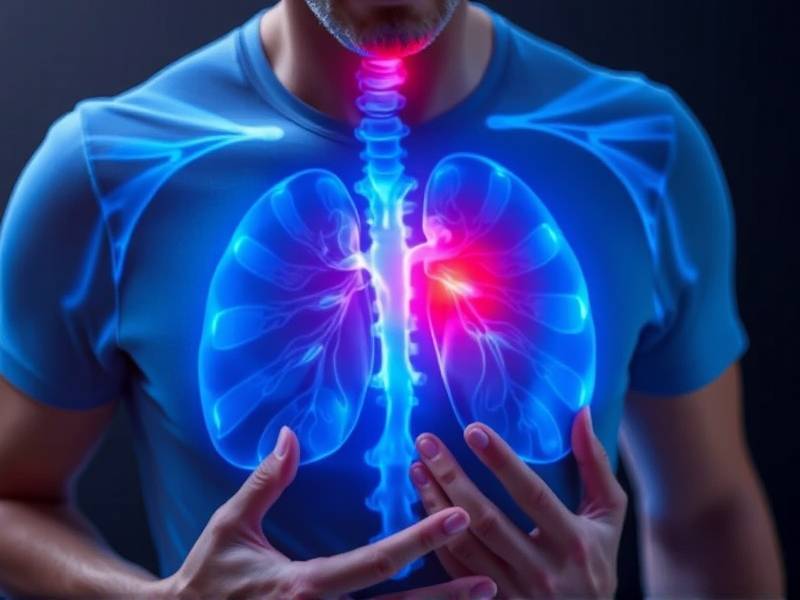Is Chest Pain Normal When Quitting Smoking?
Navigating Chest Pain During Smoking Cessation: What You Need to Know
Introduction Cessation from smoking is a significant step towards better health. However, it's not uncommon for individuals to experience various symptoms during the quitting process. One of the most concerning symptoms is chest pain. This article aims to shed light on whether chest pain is normal when quitting smoking and what you can do about it.
Understanding Chest Pain

1. What Causes Chest Pain When Quitting Smoking? When you quit smoking, your body undergoes several changes. Nicotine withdrawal can trigger various symptoms, including chest pain. This pain may arise from:
- Muscle Strain: The muscles around your chest can become strained due to the sudden increase in physical activity and breathing patterns.
- Stress: Quitting smoking can be stressful, leading to tension in the chest muscles.
- Coughing: A common side effect of quitting smoking is increased coughing, which can cause discomfort in the chest area.
2. Differentiating Chest Pain from Heart Attacks It's crucial to differentiate between chest pain due to nicotine withdrawal and a heart attack. While both can be uncomfortable, they have different characteristics:
- Heart Attack: Often described as a sharp, intense pain that may radiate to the arms, neck, jaw, or back. It may also be accompanied by shortness of breath or sweating.
- Nicotine Withdrawal: Generally less severe and more of a dull ache or tightness in the chest area.
Yes, chest pain is relatively common when quitting smoking. However, it's essential to monitor its intensity and duration. If you experience severe or persistent chest pain, it's advisable to seek medical attention immediately.
What Can You Do About Chest Pain During Smoking Cessation?
Here are some tips to help alleviate chest pain during your quit journey:
- Stay Hydrated: Drinking plenty of water can help ease muscle strain and reduce stress.
- Practice Relaxation Techniques: Techniques like deep breathing exercises or meditation can help manage stress and tension.
- Stay Active: Regular physical activity can improve lung function and reduce muscle strain.
- Seek Support: Joining a support group or seeking counseling can provide emotional support during this challenging time.
Conclusion While experiencing chest pain when quitting smoking may be unsettling, it's important to remember that it's often a temporary side effect of nicotine withdrawal. By staying informed and taking appropriate measures, you can navigate this phase more comfortably and successfully on your path to better health.

